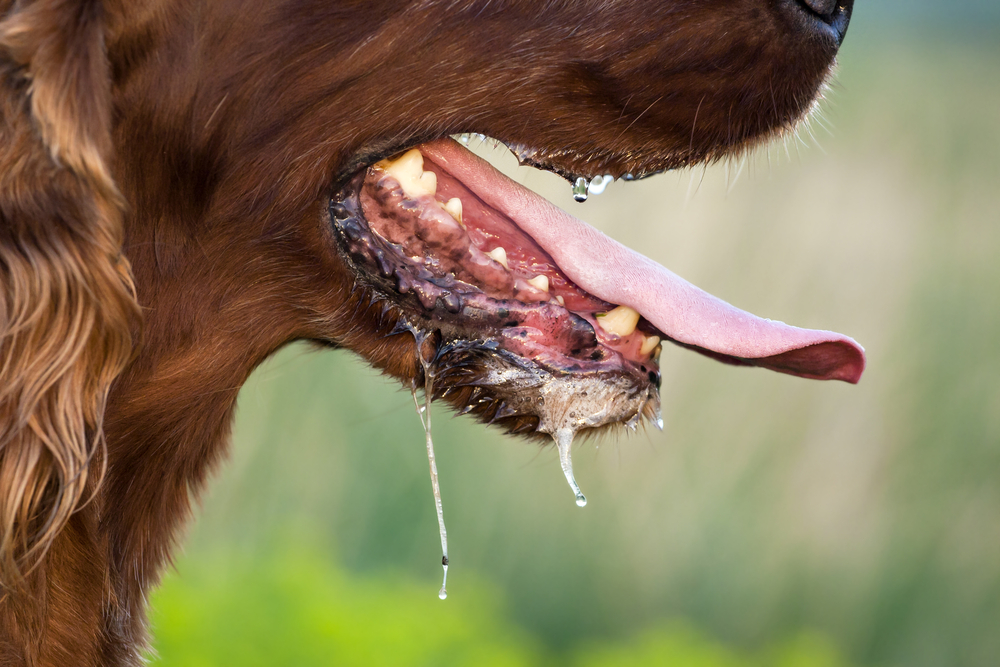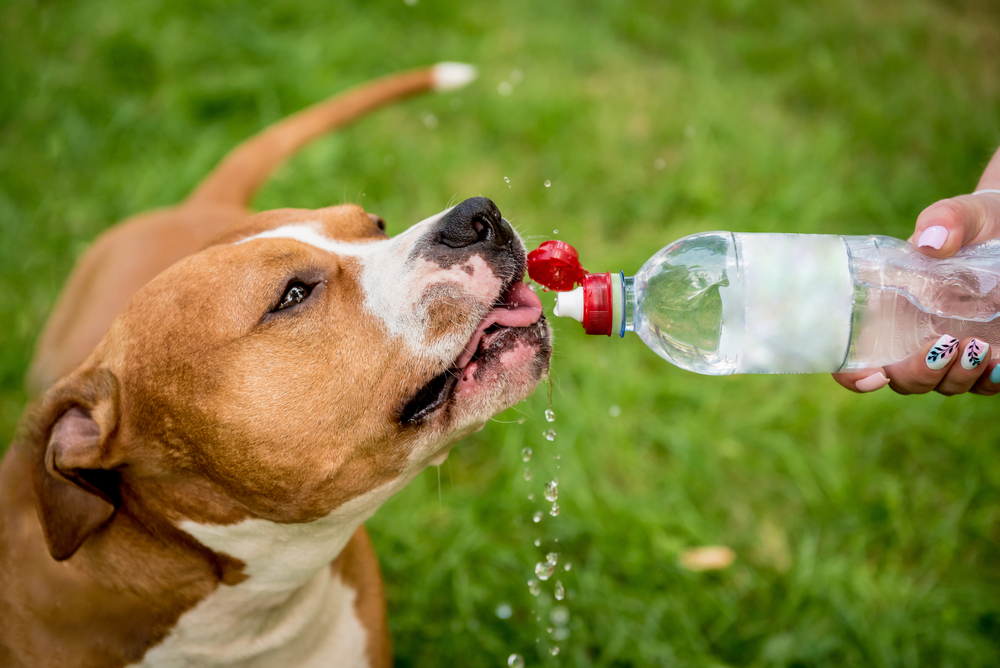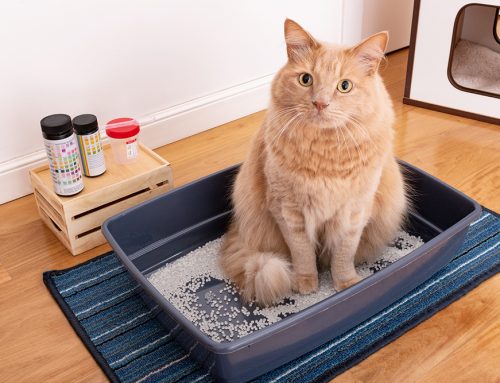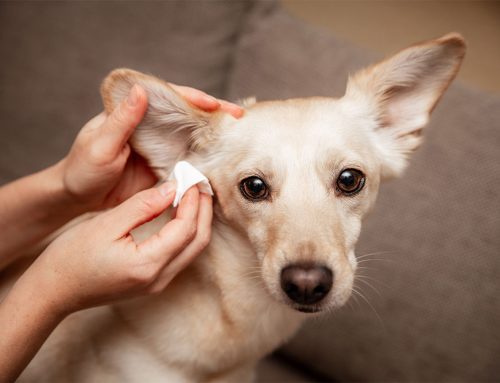We hear a thousand clichés about summer heat, but none of them capture the beastly nature of a Texas summer. Fortunately, your south Austin veterinarian, Oliver Animal Hospital, knows how to keep your pets cool and comfortable during this scorching season. Check out our Top 10 pet safety tips for beating the heat in the south Austin summer.
#1: Keep your pet hydrated
Your pet should have reliable access to fresh water year-round, but especially during the warm months when dehydration can happen rapidly. Check your pet’s water bowl regularly, and refresh the water often. Keep outdoor water bowls in the shade to prevent evaporation and heat. If you are travelling with your pet, pack extra water for the trip and the destination. Bottled water or filtered water is best for vacationing pets, as unfamiliar water may cause gastrointestinal upset.
#2: Give your pet some shade
Summer is full of exciting outdoor adventures and activities, and including your pets can be fun, so long as it’s not too hot. Whether you are picnicking or playing catch, always scout out a shady place for your pet’s base camp. Remember that as the sun moves, so does the shade, and while your pet may be in a perfect oasis at 9 a.m., they will be in full sun by 11 a.m.
#3: Create a tropical breeze for your pet
Clever dogs and cats will seek out air conditioning vents for summer resting spots, so they like circulating air. Despite the fact that fans do not cool pets as effectively as they do people, most pets will appreciate the steady air-flow of a fan inside and outside.
Be warned, however, that playful cats and kittens may try to bat at fan blades, so keep them out of reach of curious paws.
#4: A groomed pet is a happy pet
Dogs with thick or long hair will be grateful for a summer trim. Trimming long fringe, skirts, or leg-hair will keep your dog or cat feeling light and breezy, while shaving the abdominal area can be a welcome treat for dogs and cats who enjoy lounging on tile floors.
Do not shave double-coated breeds, because their coat provides some protection from the heat and will not regrow correctly. They should only be trimmed, which will improve their comfort without damaging their coat.
#5: Provide cool and healthy pet snacks
Your pet always wants you to share your ice cream, so make them their own frozen treat. Combine plain low-fat yogurt with blueberries or bananas, plus a hint of peanut butter, and freeze for a creamy, healthy pet-safe snack. Many dogs enjoy slices or chunks of frozen seedless watermelon, which also provides some much-needed hydration.
#6: Protect pet paws from pavement
Paw pad burns are a common summer condition we see at Oliver Animal Hospital. Paved surfaces, especially dark surfaces, absorb heat on sunny days, which transfers to your dog’s paw pads when they walk on a road or sidewalk. Paw pad burns are not always immediately evident, and your dog’s stoic nature means they may not show discomfort while exercising, but later, they will limp and their paw pads will blister.
#7: Never leave your pet in a parked car
That dogs and children should never be left in a parked vehicle on a hot day is well-known, but a moderately warm 70-degree day can be dangerous, as well. A car’s interior temperature can rise almost 20 degrees in only 10 minutes. According to the American Veterinary Medical Association, cracking the windows makes little to no difference. Pets trapped in hot vehicles are at risk for heatstroke and death. If you cannot take your pet with you, show them your love by leaving them at home.
#8: Become early-birds and night-owls—summer exercise for pets
Limit aerobic exercise such as walking, jogging, or playing fetch with your dog to the early morning or late evening. Pets who exercise in high heat are at risk for heat exhaustion and heatstroke, as well as paw pad burns from hot sidewalks and streets. Exercise overweight pets and brachycephalic breeds with great caution, or look into indoor fitness exercises for dogs, rather than walk in hot weather.
#9: Recognize heatstroke signs in pets

Heatstroke is a dangerous, potentially deadly, condition in which a pet’s body cannot overcome extreme internal temperatures. Heatstroke in pets is often brought on by overexertion on a hot day, being left in a parked car, or being left outside without adequate water and shade. Heatstroke requires immediate veterinary attention. Common heatstroke signs include:
- Heavy panting
- Drooling
- Red gums
- Rapid breathing and fast heart rate
- Dull or distant look
- Lethargy and weakness
- Seizures
- Collapse
If your pet shows any heatstroke signs, bring them indoors, wet them down with cool—never cold—water, and call us immediately.
#10: Pool safety for pets
Pools are a fun, refreshing summer activity for dogs who love to swim or wade. Whether your pool is child- or Olympic-sized, always supervise your dog near water. A water-loving dog’s enthusiasm often outranks their self-awareness, and they will literally exhaust themselves playing, which puts them at risk for heatstroke and drowning. Shallow pools may appear harmless, but dogs can slip on the plastic bottom and injure themselves. For the safest experience, limit your dog’s time in the pool, keep the pool inaccessible with a fence or gate, and never leave your dog unattended.
Do you have additional questions about heat safety in pets? Contact our team at Oliver Animal Hospital. We want your pet to have a fun, safe summer.








Leave A Comment